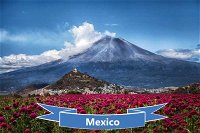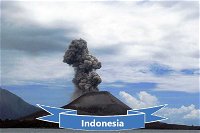
Live, Laugh, Lava Trivia Quiz
Volcanoes of the World
Everything's all fine and dandy until the lava starts flowing. See if you can identify these twelve volcanoes by their appearance (as well as a little geographical hint thrown in).
by trident.
Estimated time: 3 mins.











